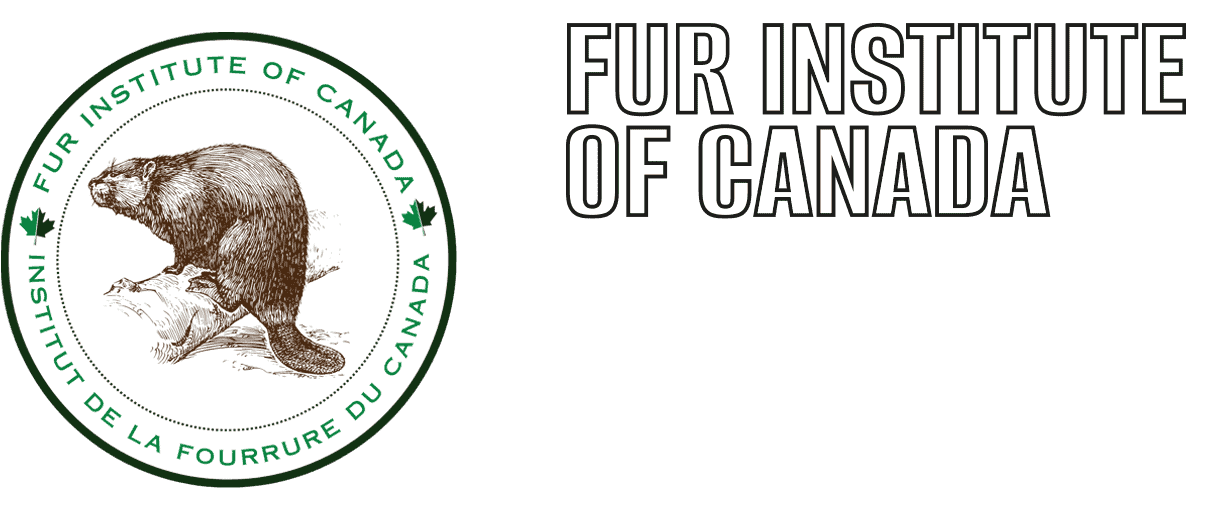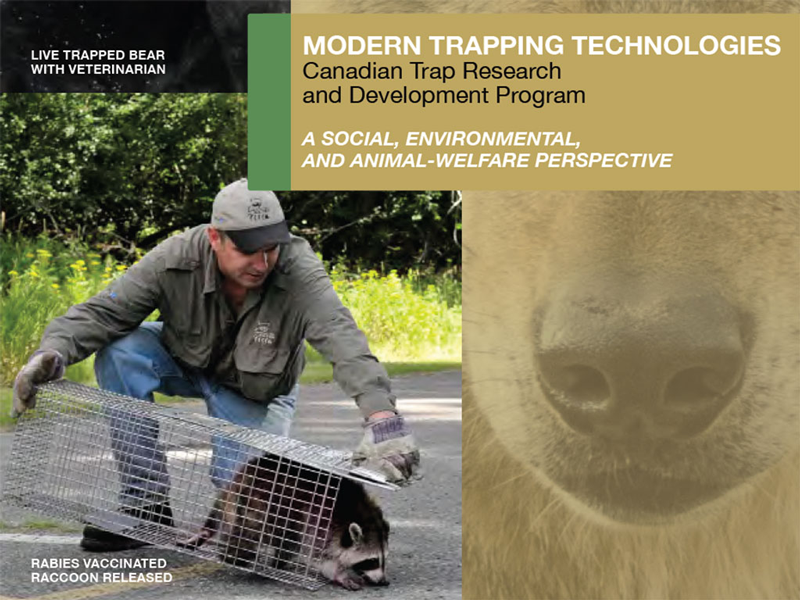Reasons we Trap

Photo: Pierre Fournier
Trapping is practiced for a variety of reasons. Let’s look at the main reasons why trapping takes place in Canada.
MAINTAINING STABLE AND HEALTHY WILDLIFE POPULATIONS
Most wildlife species produce more young than their habitat can support to adulthood. Natural checks help control populations, but sometimes these are not enough to prevent them exceeding the carrying capacity of their habitat. Then we see a “boom and bust” cycle as an over-populated species is decimated by starvation and disease. Some species, like muskrats and lemmings, are especially prone to these cycles, but they can occur in many others.
Trapping reduces the risk of boom and bust cycles by helping to balance wildlife populations with the carrying capacity of their habitats.
CONSERVING RARE SPECIES
Trapping is an important tool in conserving threatened and endangered species.
One use of trapping is to reduce the number of predators. A well-known example is protecting the eggs of ground-nesting birds by removing foxes and weasels, but there are many others. For example, wolves are being trapped in British Columbia as part of an effort to preserve the Klinse-Za mountain caribou herd.
Another important use of trapping by conservationists is capturing and then releasing animals. This can serve a few purposes. Trapped wildlife may be relocated to areas where they once lived but have been extirpated. This has been done since 2021 in British Columbia, where Canadian lynx are being caught and relocated to Washington State. Wolves have also been successfully trapped and relocated. Another common reason for catching and releasing animals is to attach GPS collars to track their movements.
PROTECTING PROPERTY, INFRASTRUCTURE, HABITAT
If unchecked, some wildlife species can be immensely damaging to property, infrastructure and habitat. Trapping is an important means of alleviating the problems these species can cause.
One species that can cause immense damage is the beaver.
Beavers are often called nature’s “architects” or “engineers” for their ability to transform habitats. They do this by building dams, altering the paths of waterways, and creating new wetlands. But this ability makes beavers a double-edged sword. In drought-prone regions such as the southwestern US, beavers are being touted as a countermeasure to climate change. But where beavers are plentiful (which means most of Canada), they are associated with destroying tree stands and causing flooding of fields, roads, ditches and gardens.
Another species that can be very harmful is the muskrat.
Muskrats are tunnelers, and notorious for blocking culverts, weakening dikes, and damaging fields and roads. They are also known for destroying wetlands, in particular prairie wetlands, by selectively removing certain plant species that are important to maintaining biodiversity.
SEE ALSO: Potential costs of losing hunting and trapping as wildlife management methods. International Association of Fish and Wildlife Agencies, 2005.
FIGHTING SPREAD OF INFECTIOUS DISEASES
Wildlife can transmit several diseases not only among their own kind, but also to other wildlife, livestock, humans and pets. These diseases tend to spread faster when a species is over-populated, as malnourishment weakens the immune system and also causes animals to wander outside their normal range in search of food. Trapping plays three roles to help prevent these diseases from spreading. It can remove individual infected animals; it is used in vaccination programs; and it reduces the likelihood of over-population occurring.
Diseases spread by wildlife in Canada include:
Rabies
Rabies is thankfully rare in humans in Canada, but it is established in some wildlife populations, and can spill over to livestock and pets. This risk is contained by trapping and vaccinating animals, or by spreading oral vaccine baits.
In recent years, rabies infections have been reported primarily in: bats across Canada; foxes in Quebec, Nunavut and the Northwest Territories; skunks in Saskatchewan, Manitoba and Ontario; and raccoons in Ontario, with some cases in New Brunswick and Quebec.
Sarcoptic mange
Sarcoptic mange is a mite-associated skin disease of mammals found in domestic cats and dogs, livestock, and in wildlife such as foxes, coyotes, cougars and bears.
Tularemia
Tularemia, also known as rabbit fever, is an infectious disease that affects both humans and animals, typically originating from rabbits, muskrats and beavers. The most common means of transmission are bites from infected ticks and flies, and direct contact with an infected animal.
Canine distemper
Though commonly associated with pet dogs and less often cats, canine distemper is a highly contagious and often fatal viral disease of many mammals. It is usually transmitted through contact with respiratory droplets, infected urine, blood, or saliva.
Canadian wildlife affected by distemper include all canids (coyote, fox, wolf), mustelids (weasel, mink, wolverine, marten, otter, badger), skunk, raccoon, pinnipeds (seal, walrus, sea lion), and bears.
CONTROLLING NUISANCE WILDLIFE
“Nuisance” wildlife are animals that require removal because they have come into conflict with humans. Inevitably, they are increasing in number as urban sprawl encroaches on wildlife habitat.
Often, nuisance wildlife are disposed of by catching them first in a restraining trap before dispatching them. This is particularly so in any place where the use of killing traps or firearms might endanger pets or people.
For example, when an urban coyote acts aggressively towards people, it is typically caught in a foothold trap. Meanwhile, a family of raccoons nesting under a house deck is normally caught in a cage trap.
SEE ALSO FAQ: Why is relocation seldom done with “nuisance” wildlife?
PROTECTING LIVESTOCK
Trappers are often asked by ranchers to help reduce predation of cows, sheep and other livestock. A pilot project in Manitoba found that of 11,606 livestock losses between 2015 and 2019, 62% were taken by coyotes. In second place were wolves, followed by black bears.
FOR CLOTHING, FOOD, EMPLOYMENT AND CULTURE
Trapping meets several essential human needs, especially in remote communities.
Clothing and food
Leather and fur garments are well known for their durability, sustainability, warmth and beauty. Less well known is that many furbearers also make fine dining. When in a trapping community, hope to be served a delicacy like roast bear, squirrel or muskrat stew, seal loin, or beaver tail.
Employment
In rural Canada, employment opportunities can be hard to find. Trapping is an important option for thousands of people looking to supplement their incomes, particularly in winter when crop fields are dormant.
Culture
In many of Canada’s Indigenous communities, trapping plays a major cultural role. The act of trapping itself, plus the clothing and food it provides, are essential in maintaining traditional knowledge and skills, and ensuring social cohesion by strengthening a sense of identity.
Though less obvious to outsiders, thousands of non-Indigenous trappers likewise value traditional knowledge and skills, and a sense of identity that trapping provides.

